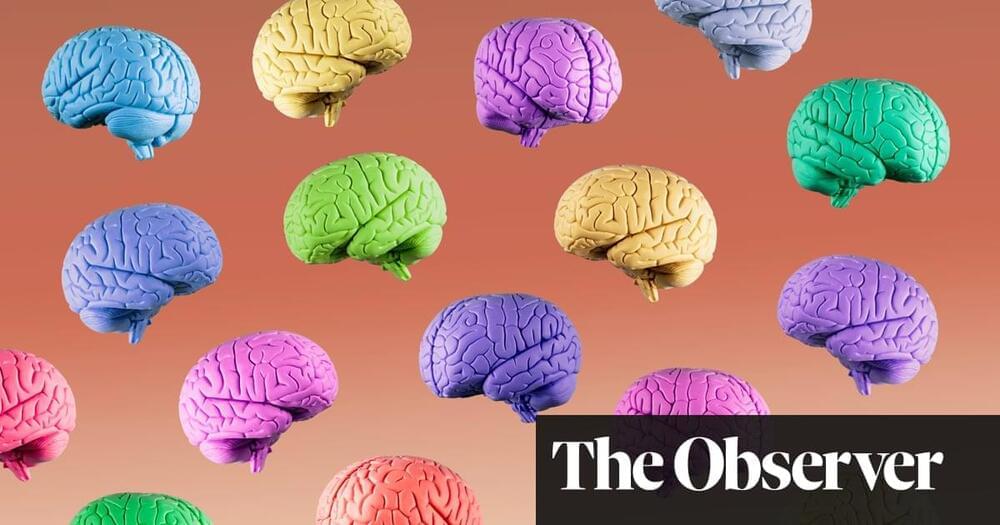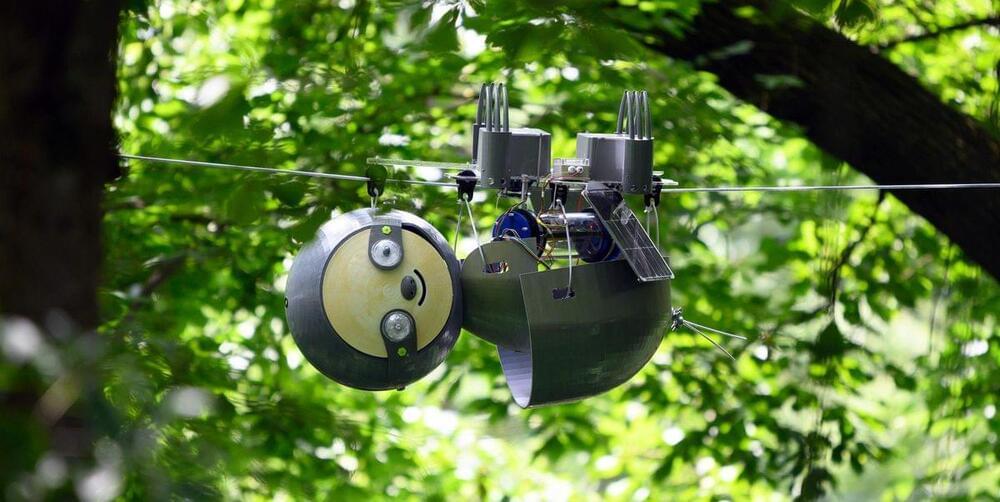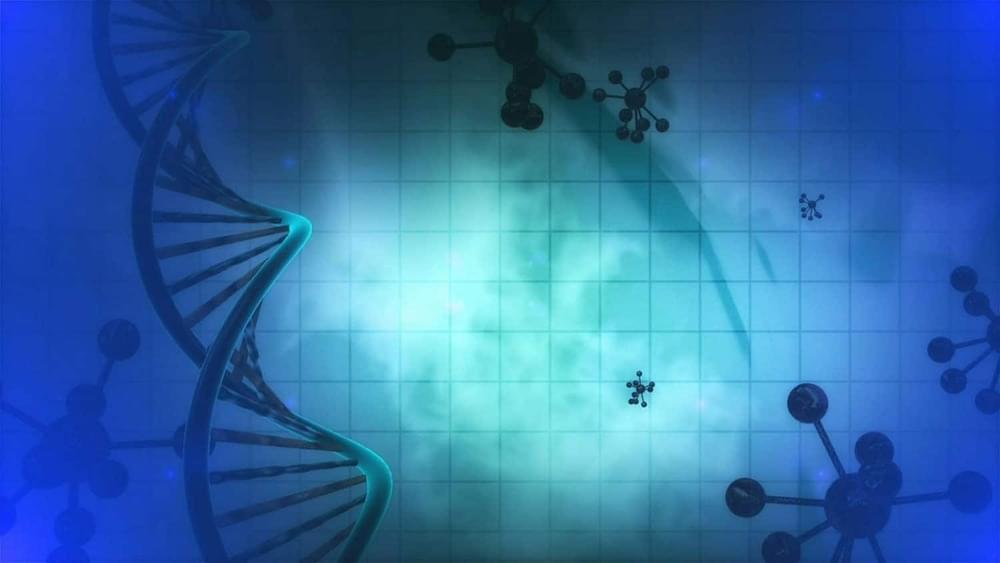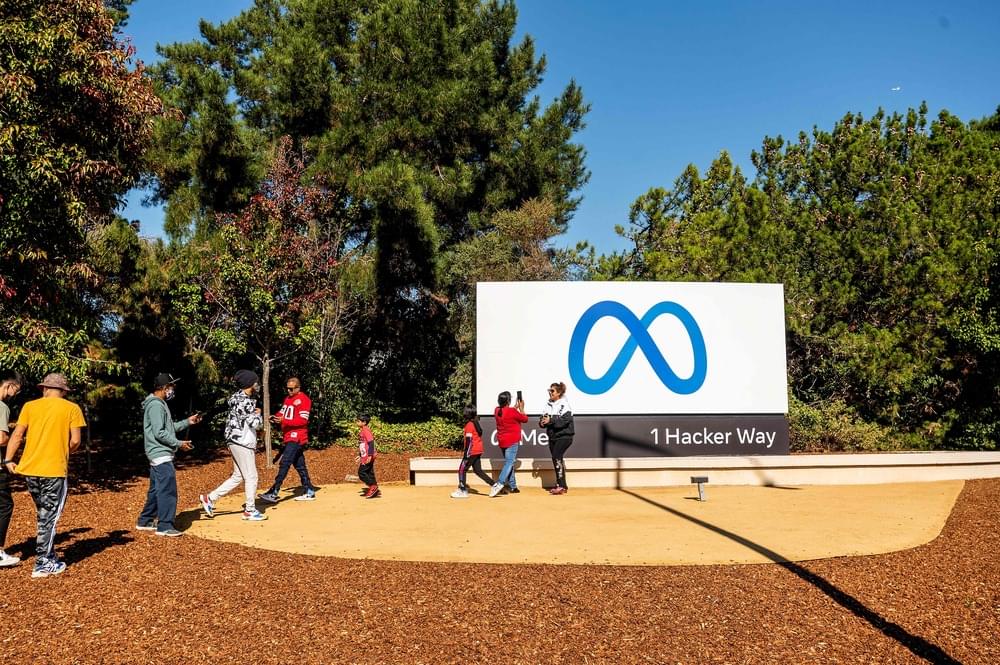Does the advent of machine learning mean the classic methodology of hypothesise, predict and test has had its day?



Suspended beneath a thick canopy of trees, the sloth inches along with slow strides. Painfully slow. Intentionally slow. Crawling high up among the branches, traipsing along a 100-foot steel cable, the little creature is like a lethargic acrobat. But its goal is not to delight or to put on a show; in fact, just the opposite. This sloth is all about stealth, observation, and collecting as much sunlight as possible.
After all, this is a solar-powered robot.


Sand dunes seen from afar seem smooth and unwrinkled, like silk sheets spread across the desert. But a closer inspection reveals much more. As you approach the dunes, you may notice ripples in the sand. Touch the surface and you would find individual grains. The same is true for digital images: zoom far enough into an apparently perfect portrait and you will discover the distinct pixels that make the picture.


Parkour is not for the weak-hearted. Luckily, the two latest freerunning champs don’t have a heart at all because, you know, they’re robots.
In a YouTube video released Tuesday, Boston Dynamics—the Waltham, Massachusetts-based robotics company known for its viral clips of machines performing surprisingly human activities—shows off two humanoid robots (both named Atlas) performing the leaps, bounds, and backflips required to complete a parkour course.
The first robot hops across wooden ramps, climbs stairs, and jumps across several-foot-wide chasms between obstacles before a second robot picks up the routine, running across a balance beam à la Simone Biles. By the end of the video, the robots have hopped over pieces of the course as you might leap over a fence, performed backflips in sync, and even dusted off their shoulders like it’s nothing.

The first section of the plant-covered 1,000 Trees development, designed by British designer Thomas Heatherwick’s studio, has officially opened in Shanghai, China.
Described as “Shanghai’s Hanging Gardens of Babylon”, the mixed-use development features up to 1,000 pillars, each with a tree planted on top. It was designed by Heatherwick for developer Tian An.
The first phase of 1,000 Trees opened with a lighting ceremony on 22 December in Shanghai’s Putuo district after eight years of development. A full set of images of the project is set to be released later this month.


Why they need to return office?🤔🤔.Can’t they work from virtual world?
Meta, the company that at the beginning of this pandemic was called Facebook, has updated its return-to-office guidance, moving its target date from the end of this month to March 28, CNBC reports. With the shifting timetables for reopening and inconsistent guidance, one can only imagine how whiplashed the company’s employees must feel.
To wit: Back in December of 2020, CEO Mark Zuckerberg first told employees they would not be required to receive a COVID-19 vaccine in order to return to work. At that time, the company projected remote work could continue until at least July of 2021, though it later pushed to open offices in May. By June, Zuckerberg had passed a new edict: either seek permission from a manager to work from home, or be expected to come to the office for at least half the week.
A month later the Delta variant came along, Zuckerberg changed his stance on vaccine requirements for employees, and the company set a new target of October for a full reopening. By August of last year, it had pushed its the return-to-office to January of 2022. As Omicron spread rapidly this winter, Meta held fast to its January 31 goal, but gave some employees the option to delay in-person work by three to five months via an “office deferral program.” Incidentally, this new March 28 date includes a new requirement that employees receive the vaccine booster as well.